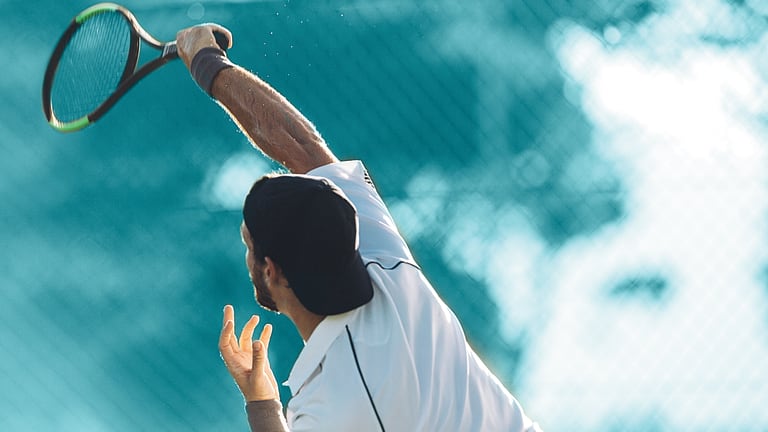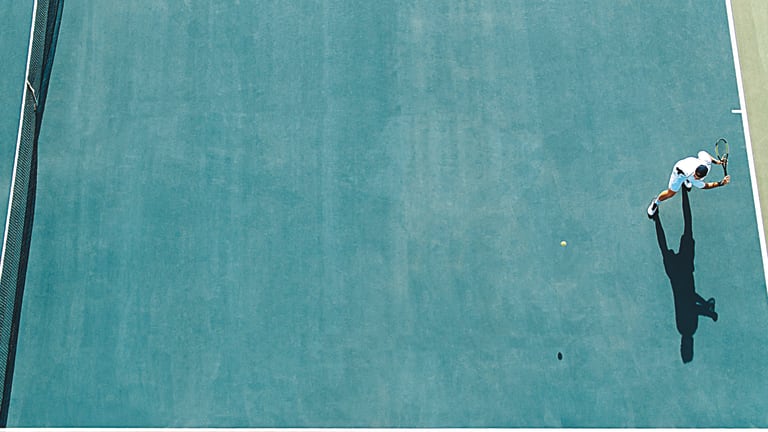Work smarter, play better: The decade to come in instruction
By Nov 05, 2019Social
Quote of the Day: Coco Gauff “really wanted the 6-0” as she closed out Miami demolition
By Mar 21, 2025Lifestyle
PHOTOS: Zheng Qinwen unveils custom 'Queenwen' Beats as newest global ambassador
By Mar 20, 2025Miami, USA
Emma vs. Emma, Kyrgios, Khachanov rematch: Miami, Day 4 Preview
By Mar 20, 2025Miami, USA
Mirra Andreeva coach Conchita Martinez keeps teen star grounded
By Mar 20, 2025Lifestyle
Aryna Sabalenka names favorite Miami spots, flaunts new magazine cover
By Mar 20, 2025Miami, USA
Mirra Andreeva created a blueprint for defeating Aryna Sabalenka. The response comes in Miami
By Mar 20, 2025Social
Quote of the Day: Nick Kyrgios was “pretty close to crying" after first win since 2022
By Mar 20, 2025Miami, USA
Naomi Osaka vs. Liudmila Samsonova: Where to Watch, Miami Open Preview, Betting Odds
By Mar 20, 2025Pick of the Day
Miami Open Betting Preview: Jenson Brooksby vs. Roman Safiullin
By Mar 20, 2025Work smarter, play better: The decade to come in instruction
With the speed of the game continually increasing, efficiency in mechanics and movement, as well as individualized training, will become more important than ever.
Published Nov 05, 2019
Advertising

Work smarter, play better: The decade to come in instruction
Advertising

Work smarter, play better: The decade to come in instruction